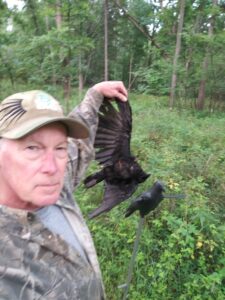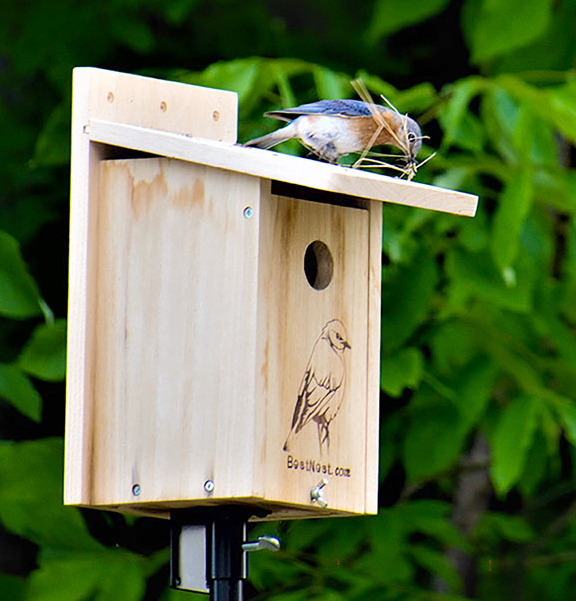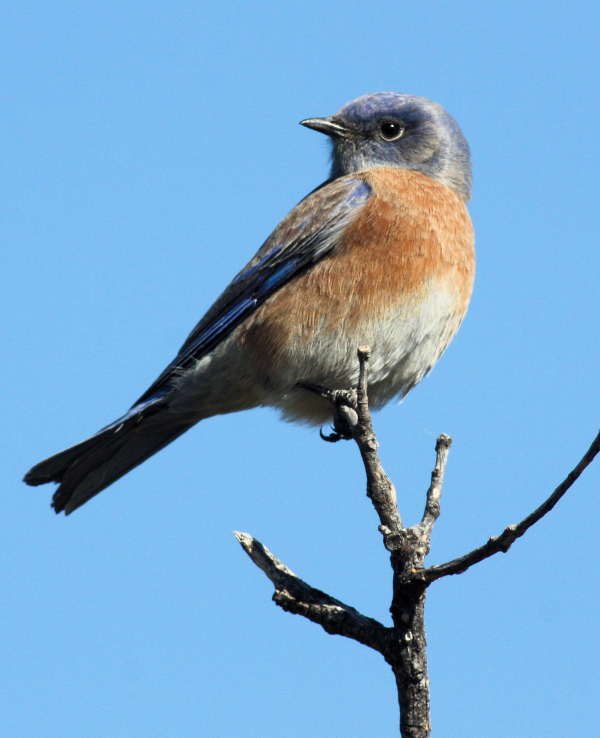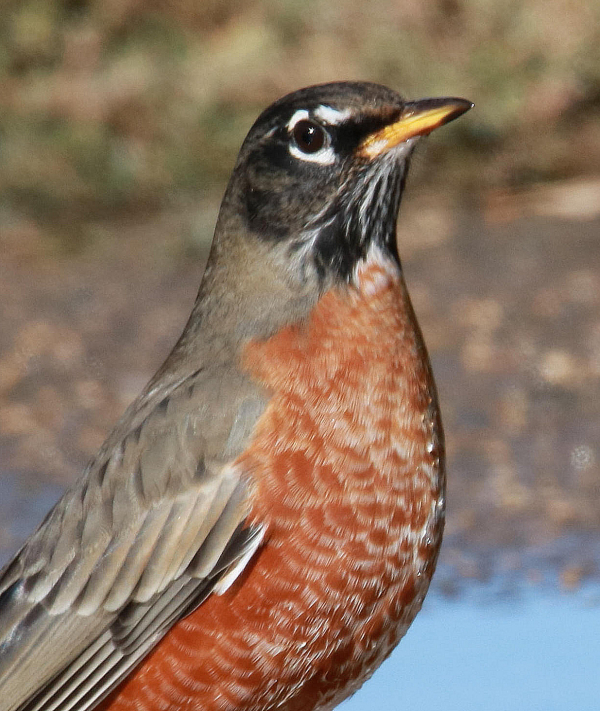Ghillie Suit for Crow Hunting
By Glen Wunderlich
Charter Member Professional Outdoor Media Association (POMA)
Another opening day has come and gone and almost nobody noticed. However, August 1st comes at rather an odd time to begin a hunting season in Michigan, but it’s been that way for decades. Crow hunting seems to promote quizzical responses from those unfamiliar with the pursuit of one of the most intelligent critters alive. For the uninitiated, here’s a bit of rationale and some strategy to partake.
“In some cases a single pair of mated crows, often nesting nearby, will clean out every songbird nest discovered in a country grove. They will also raid pheasant and other upland game bird nests, plus those of ducks nesting on or near adjacent waters. Since they raid daily, once a nest is discovered, it serves as a crow larder as long as its owners continue to lay eggs in it.
Once the young of such birds are hatched, the raiding goes on at an accelerated pace, because the crows have young of their own and the family needs become intensified. So, the adults slay the young of their victim species wherever they find them inadequately guarded, then take the tender-meated kills to their nests for their offspring. In many cases, the young of these victim-bird species attract deadly crow attention by their own cheeping for parental attention” …Bert Popowski author of the Varmint and Crow Hunting Bible.
Imagine this scenario being played out thousands – even millions of times over – and, one can understand why our songbirds continue to decline in numbers. Certainly, other factors such as pesticides are culprits, but protecting crows to the extent mandated by law.
As crazy as it may seem, Michiganders and hunters from every other state in the nation are permitted to hunt crows no more than 4 months of the year as part of U.S.-Mexico Bird Migration Treaty of 1975 (MIGRATE), unless they are causing a nuisance or creating a health hazard. However, if crows migrate, why are so many in our northern reaches? Obviously, as with Canada geese, fair amounts are permanent residents are able to find enough food to stay put.
Michigan hunters need an $11 base license to hunt crows and the season runs from August 1 to September 30 and again from February 1 to March 31. There is no bag limit for crows
This time of year, several natural advantages are present: vegetation for camouflage and young crows that have never been hunted.
A hunter can erect a blind in advance of the hunt or simply hide in available flora. However, this opening day I pulled an ace from my sleeve: a ghillie suit.
The one I have is a poncho design with myriad strings of yarn attached to a web of netting; it gets caught on just about anything, however. A better option may be one constructed with a leafy design to be more user friendly. In any event, a ghillie suit can be extremely effective, as evidenced by the following examples this past week.
Once the garment was properly positioned, I simply leaned against a black walnut tree about 15 yards from my decoy and deceptive ruse. I use a FoxPro electronic caller with enticing crow sounds and carry custom crow calls in the event of mechanical failure. Caution: Don’t use a mouth crow without an understanding of various vocals.
Along with a Mojo Crow spinning its wings intermittently, I placed some fake fur and assorted feathers under the motion of the decoy. Right off, a crow landed next to me on a tree branch some 30 feet above. I was hiding in plain sight and this sentry crow had no clue as to its imminent demise, as it focused on the setup.

First Crow of Summer Season with Mojo Crow Decoy in Background
A short while later, I caught motion approximately 15 yards away, as a coyote searching for breakfast materialized and vanished in heavy cover.
If you go, here are a few more bits of wisdom. Use shot no larger than 7 ½ and leave any magnum loads at home. If crows are not responding, they’ve probably picked you off and it’s time to move to another location. Take only good shots that are presented in your window of opportunity and remain motionless otherwise. Or, you’ll be taught the taunting call from afar.







